Homelands: Indigenous Lives in a Changing Philippine Landscape
$98.00
HOMELANDS
JACOB MAENTZ
Photographs by Jacob Maentz
Text by Nicola Sebastian
Additional essays by Neen Sapalo, Gabriel Malvar & Anna Canlas
Artwork by Kristine Caguiat, Cian Dayrit, Raxenne Maniquiz & Jo Tanierla
Design by – SYB –
Debossed hardback, first edition
9.7 in x 12.8 in, 338 pages
218 color images, 18 essays, original artwork
Seven fold-out sections on two paper types
ISBN: 978-0-578-88804-0 | October 2022
$98.00 sale price (regular $115.00)
(discounted worldwide shipping, free shipping to Philippines)
A story about the land is a story of its people. Enfolded in the varied landscapes of the Philippine archipelago are communities that have remained rooted to place against great and unrelenting adversity: those whom we call “Indigenous.” From 2011 to 2020, Jacob Maentz paid visits to these communities to listen and learn from within, that is, from the people who have called these lands home since time immemorial.
What unfolds in Homelands is the photographic narrative of Jacob Maentz’s close and continuing collaboration with various Indigenous communities and groups who have been historically marginalized in the Philippines. Having lived in the archipelago since 2003, Maentz is ever mindful of the trust placed in him as honored guest, as well as the power of his position as an outsider. Needless to say, the stories and knowledge that these communities have chosen to share with Maentz have indelibly shaped his own journey of unlearning, inviting him to deeply reimagine the intimate, intricate, and inextricable relationships between place and people.
In a symposium of dialogues and essays, Homelands further reflects on Indigeneity as cultural identity, as rallying banner, and as multitudinous question. The text explores even as it introduces the diverse concerns of Indigenous communities: the importance of solidarity in the clash between self-interest and shared interests; the submerged history of political resistance; alternative education and Traditional Knowledge systems; food sovereignty; and the successes and challenges of reclaiming land recognition after centuries of colonization and modern development aggression. Finally, Homelands stands in support of Indigenous peoples as the environmental frontliners of the world: holding the line against irreversible ecological devastation. With his lens and his presence, Maentz listens to and holds space for those who have never left, and those who continue to fight to live.
By purchasing this book, your support will allow us to distribute books to Indigenous communities throughout the country. 100 percent of any book profits will go back into Project Katutubong Pilipino and provide scholarships for Indigenous youth.
| Weight | 2.1 kg |
|---|---|
| Dimensions | 32.6 × 24.6 × 4 cm |
| ISBN | 978-0-578-88804-0 |
| Paper | 150 gsm Munken Lynx |
| Language | English |
| Partition | Thread Sewn Hardcover (Debossed map) |
Printed in the Netherlands, October 2022 |
Contributors
Jacob Maentz is a documentary photographer whose work explores the interplay of the natural world, culture, and identity. He studied conservation biology at Colorado State University and came to the Philippines as a Peace Corps volunteer in 2003. Jacob is a project photographer with Blue Earth Alliance, a community of professionals that supports visual storytelling on critical environmental and social issues. His images have appeared in publications around the globe including Geographical, GEO, National Geographic Traveler, BBC Travel, Discovery Channel Magazine and DestinAsian. Jacob is a 2021 Leica Oskar Barnack Award Nominee. He is currently residing in Cebu, Philippines.
Nicola Sebastian is a Filipino writer, surfer, and National Geographic Explorer. She is interested in “islandness,” both as space and sensibility. Her work has been published in Orion Magazine, The Virginia Quarterly Review, The Bellingham Review, VICE Asia, and CNN Philippines. Her essay, “The Salt Price,” won the Grand Prize for the Essay in the 2014 Palanca Award for Literature, the Philippines’ oldest literary prize. Nicola graduated with an MFA in Creative Writing from Columbia University, New York, where she was the Managing Editor of the Columbia Journal, and taught fiction writing to undergraduates. She lives in La Union, Philippines, where she cofounded Emerging Islands, a coastal-based arts-for-ecology residency and organization. She is also working on an ecological memoir on disaster, discovery, and the Philippines.
Neen Sapalo is an Indigenous peoples rights advocate and instructor at the Department of Anthropology at the University of the Philippines Diliman. Neen’s current research spans the anthropology of justice and human rights, and the cultural politics of home. She is a PANTAO Human Rights Research Fellow for PhilRights.
Anna Canlas is a writer and editor with bylines in New York Observer, Trendland and CNN Philippines.
Gabriel Malvar is a documentary filmmaker, writer, and photographer. Some of Gabby’s films include the National Geographic series Islands Insider (2012); On the Brink (2016), a full-length feature, offering a balanced look at Oslob’s whale shark tourism; Passages, a series on Mindanao featuring Tawi-Tawi (2015) and Sulu (2020) through a photographer’s lens; Know Your North (2016 to present), an anthology on Northern Luzon, exposes the region through individuals’ stories; and Palawan: the Last Bastion (2019).
Sabrina Gloria started working at a small offset printing press straight out of college. Her experiences in printing eventually led to the pursuit of various publishing related jobs such as administrative work, editorial work, book lay-out design, project coordination, and research. It was through collaborations with Indigenous communities for coffee table book projects that she became aware of the need for honest and sincere documentation.
Sybren Kuiper (SYB) is a Dutch graphic designer always looking for new ways to transform the reading of a book into an experience. He utilizes all the physical possibilities and characteristics of the book format itself, sometimes deceptively simple, sometimes neglecting and stretching the boundaries of bookmaking. He is part time teacher and art director. Syb’s work has been widely recognized, nationally and internationally. And since 2017 he is member of agi (alliance graphique internationale).
—-
Kristine Caguiat is a collage artist, illustrator, and graphic designer. Kristine graduated from the Ateneo de Manila University and afterwards received certifications in Art Theory and Illustration from the Slade School of Fine Art in London, and the Peking University in Beijing. Her artworks explore her fascination with immortalizing the transitory, while examining societal issues as they manifest in the mundane and everyday.
Raxenne Maniquiz is a graphic designer and illustrator from the Philippines. Raxenne’s work depicts images of flora and fauna – mostly the kind endemic to her country – drawn with deep, painterly strokes and brilliant contrasts. She continues to explore flora and fauna as the subjects of her personal work.
Cian Dayrit is an artist working in painting, sculpture, and installation. His cartographic artworks, often materialized through embroidery, textile, and mixed media collages, plot the patterns of imperialism and feudalism in activities such as the extraction of natural resources and the displacement and exploitation of marginalized populations. Dayrit studied at the University of the Philippines. In 2019 he was an artist in residence at Gasworks, London.
Jo Tanierla is an artist based in Quezon City, Philippines. Jo works conscientiously and slowly on his drawings and paintings often employing a naturalist tradition. Jo has an undergraduate degree in Fine Arts from the University of the Philippines Diliman. His works have been exhibited in Vargas Museum, FUB Community Museum and The Den.
Collage Descriptions
 Land is Life
Land is Life
The Ifugaos tether themselves to both the visible and invisible worlds by using nature and mysticism as guideposts for navigating their harvests and their lives. The bulul figure that was carved by the same hands that tilled the earth solemnly sits atop a rice mortar as an ode to the gods and land of a plentiful harvest. It is a timeless and powerful totem of bounty, protection, and healing. This dichotomy is also reflected in their beloved Siberian Rubythroat or kiling, whose song signifies a new planting season, a ripeness ready to be shared. While in contrast, the shiny bark beetle often found in pine denoted infestation, decay and ultimately, death.
A History of the Birds of Europe, 1859 – Siberian Rubythroat
 Wisdom in Diversity
Wisdom in Diversity
When Taal Lake was still called Laguna de Bonbon in the 16th century, it held multiple meanings: a fish trap made of twigs, a cistern of rain water, a basin for bathing, and the mythical lake from which a Batangueño woman discovers the Holy Cross; all ultimately a source of life, literally and figuratively. For wherever water flows and gathers around these seven thousand islands, the land itself flourishes with the crops and fruits of vegetation that are often tinged with the golden tones of rice husks or the bright fleshy interior of a kalamansi; the gold and yellow of bounty.
 To Resist is to Make Space
To Resist is to Make Space
Almost every part of the natural world in the Philippines has been politicized. Mountains, rivers, valleys, farmland and everything from the tip of the country to the very end, are not spared from a bloody history that dates back centuries. There exists a thin veil between an ancestral claim of these swathes of land and water versus the boundaries of modern power. Macli-ing Dulag, a pangat from the Kalinga province, was executed during the Marcos regime for his staunch opposition against the Chico Dam project. Logging, farming, education and death go hand-in-hand in the most remote areas of the country, and Dulag is a lynch pin in the ongoing battle of resistance.
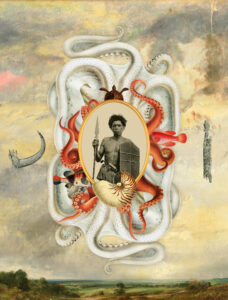 Solidarity is a Watershed
Solidarity is a Watershed
Ancestral fisherfolk have a relationship to the sea that spans generations. It is an unfathomable amount of time, just as the ocean itself is mostly indiscernible on the surface. The Tagbanwa have long used the same tools to navigate the same waters, with a sense of myth and wonder their giant octopus Amlaran nests herself in the panyaan that are to this day, sacred. She is their navigator and their source of power. In many leagues, the Tagbanwa are the sea.
Epinephelus Ruber by Marcus Elieser Bloch circa 1785 – Lapu-lapu fish
Lutianus Surinamensis by Marcus Elieser Bloch circa 1785 – Maya-maya fish
Collage Artwork by Kristine Caguiat
13 reviews for Homelands: Indigenous Lives in a Changing Philippine Landscape
| 5 star | 100% | |
| 4 star | 0% | |
| 3 star | 0% | |
| 2 star | 0% | |
| 1 star | 0% |
Customer Images

 Homelands: Indigenous Lives in a Changing Philippine Landscape
Homelands: Indigenous Lives in a Changing Philippine Landscape
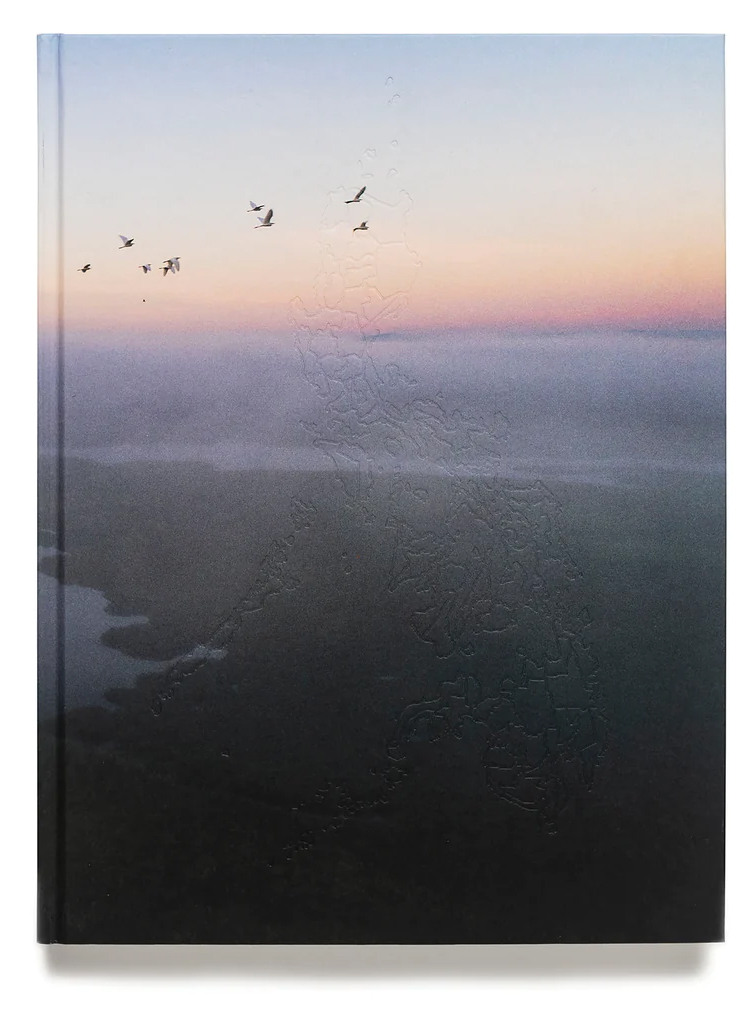

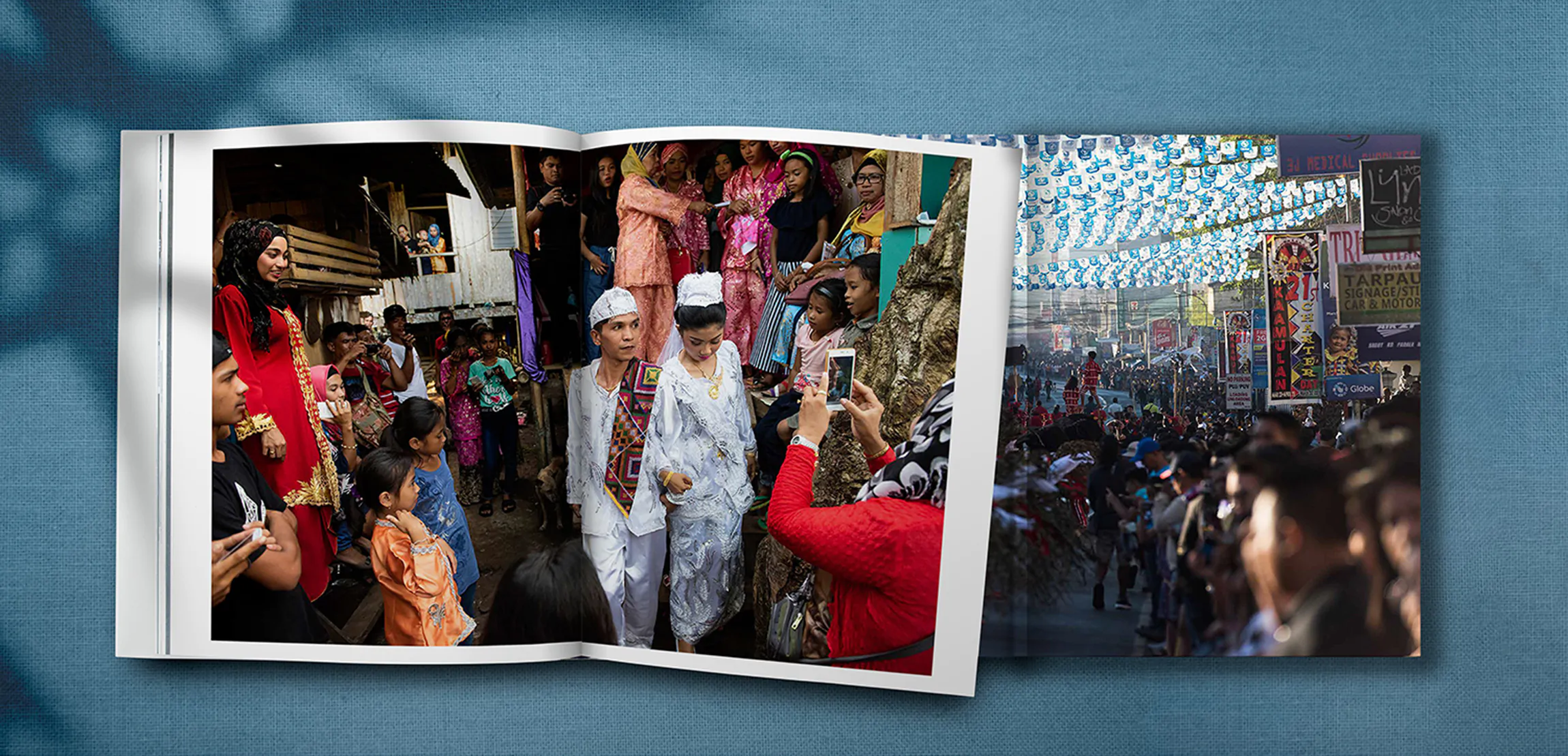
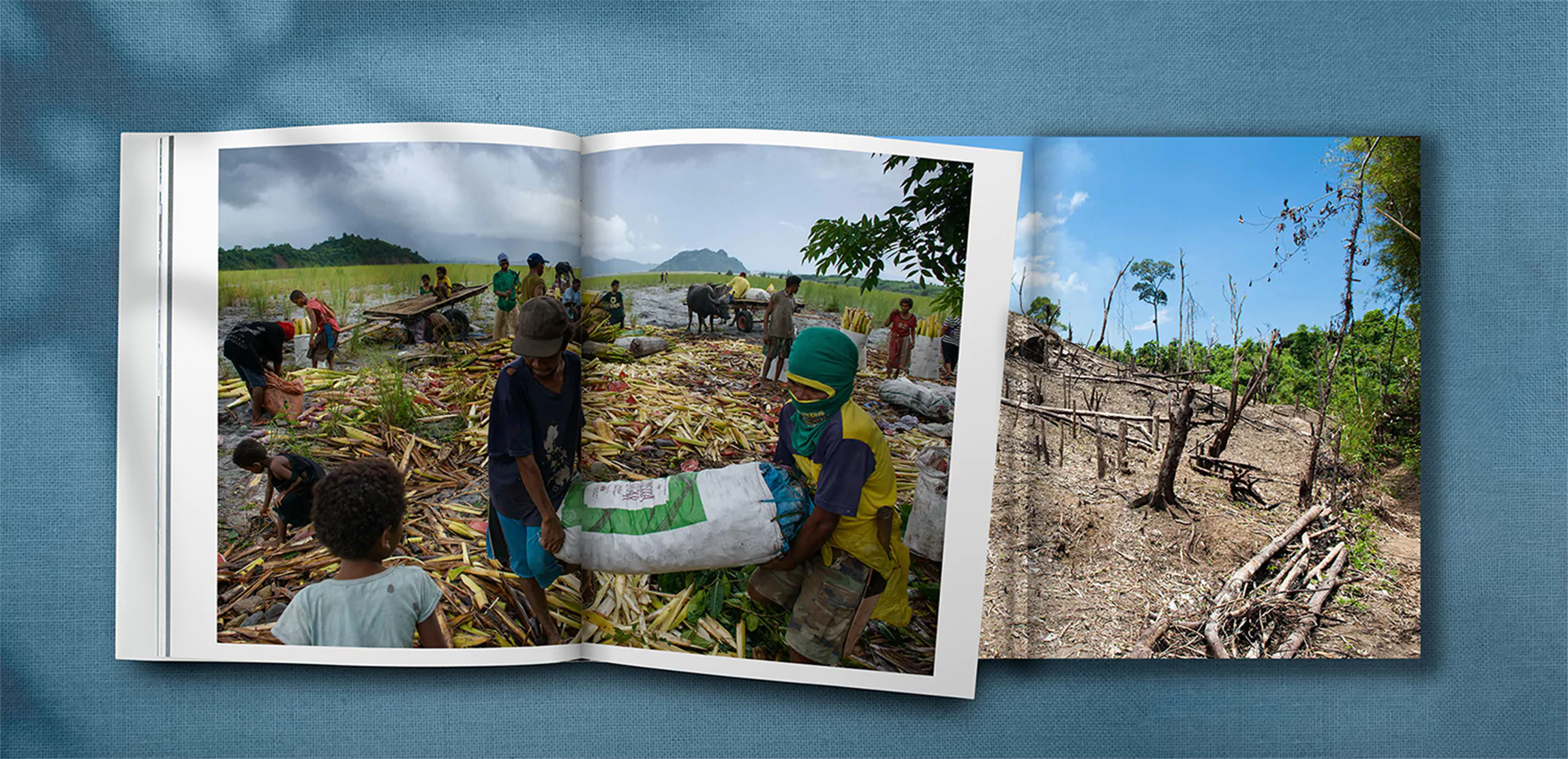
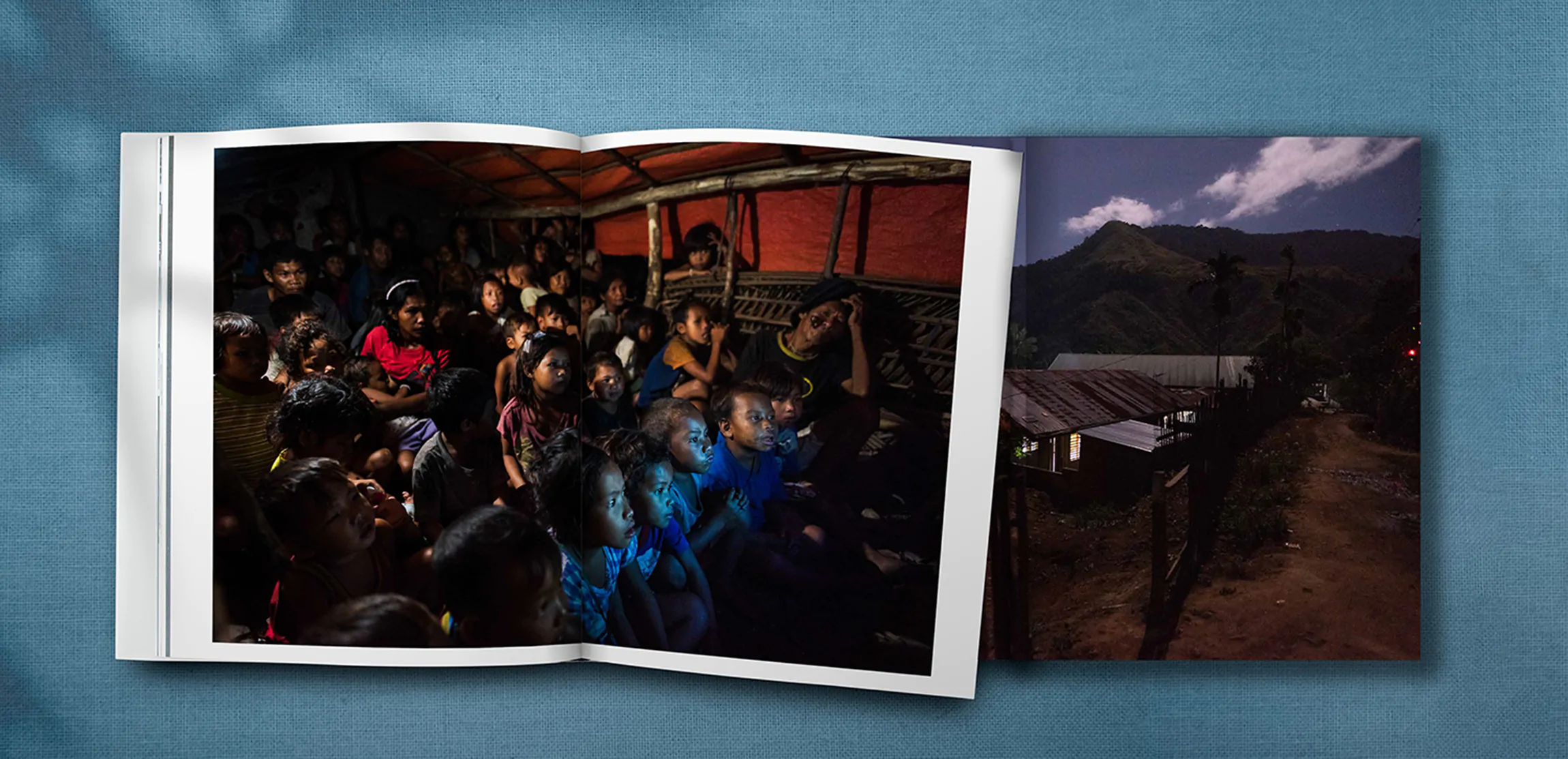
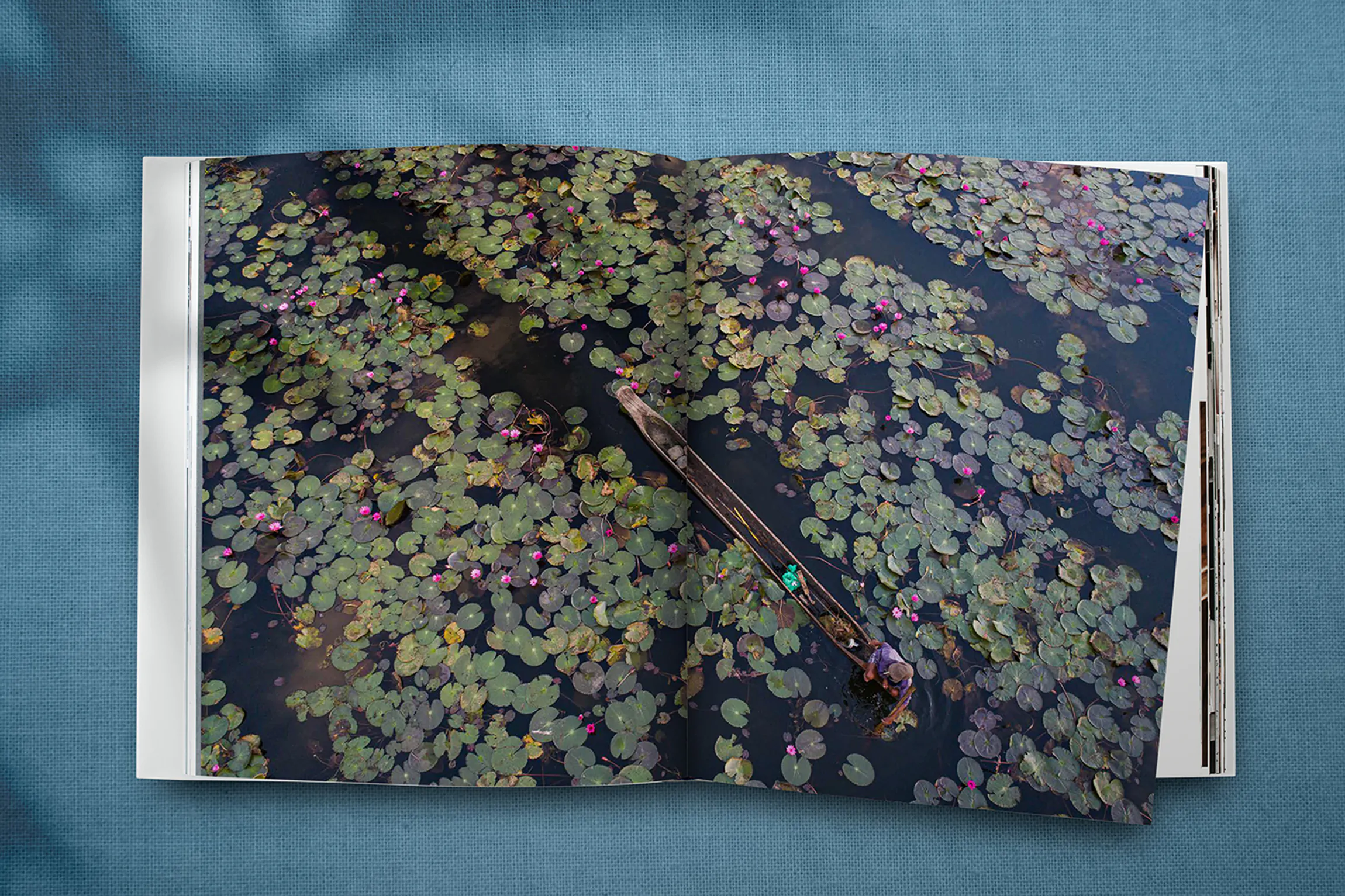
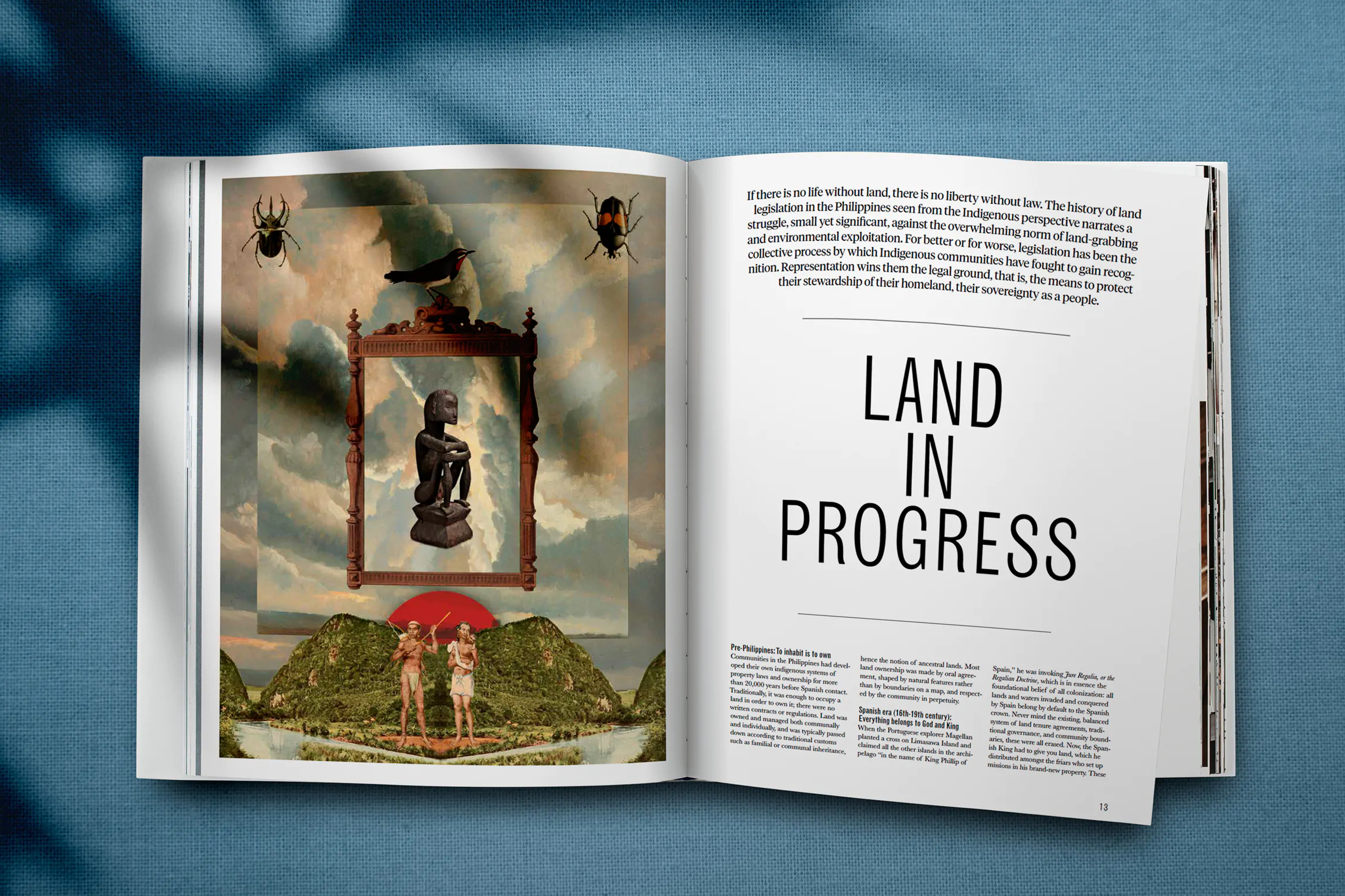
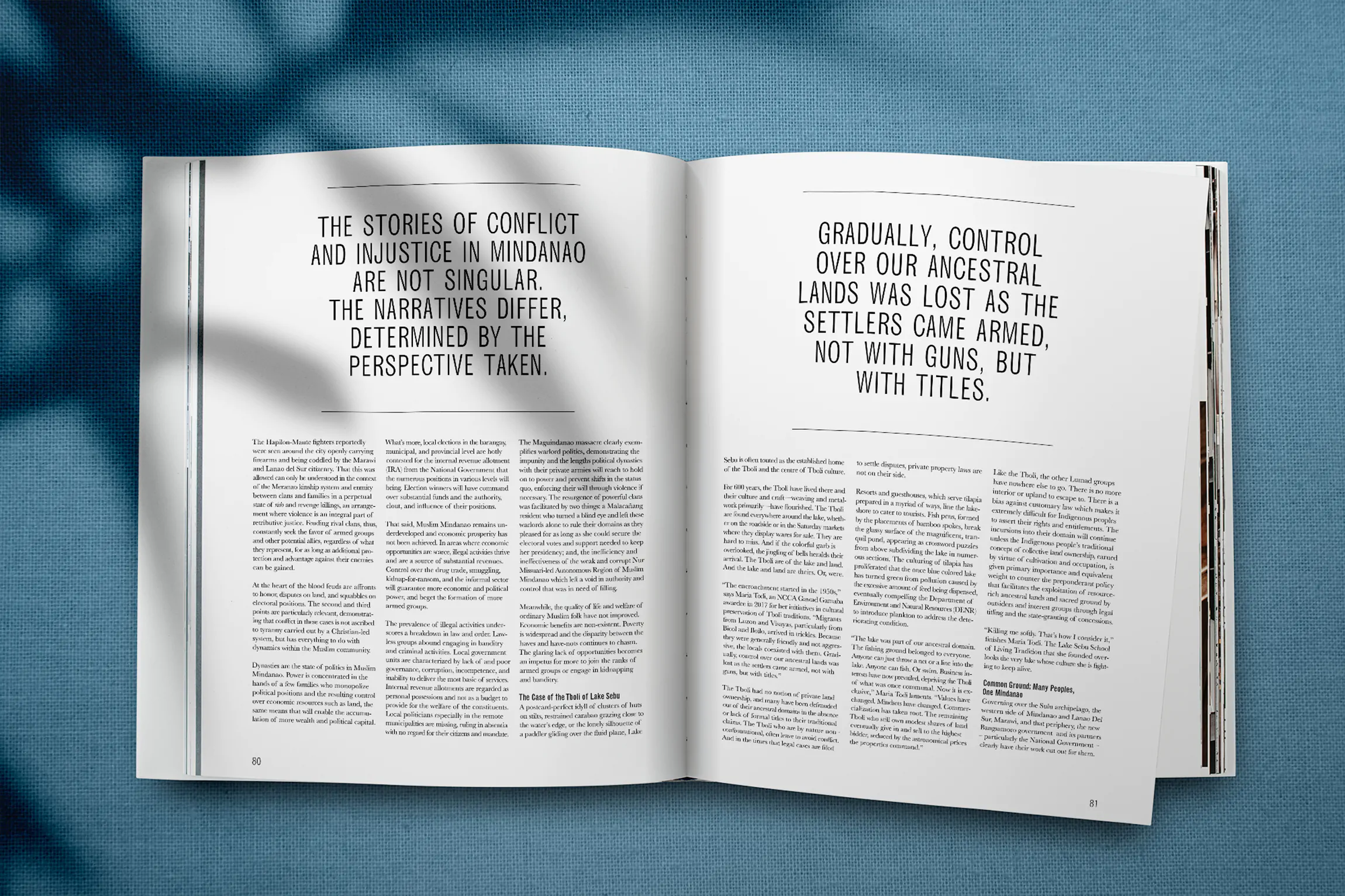
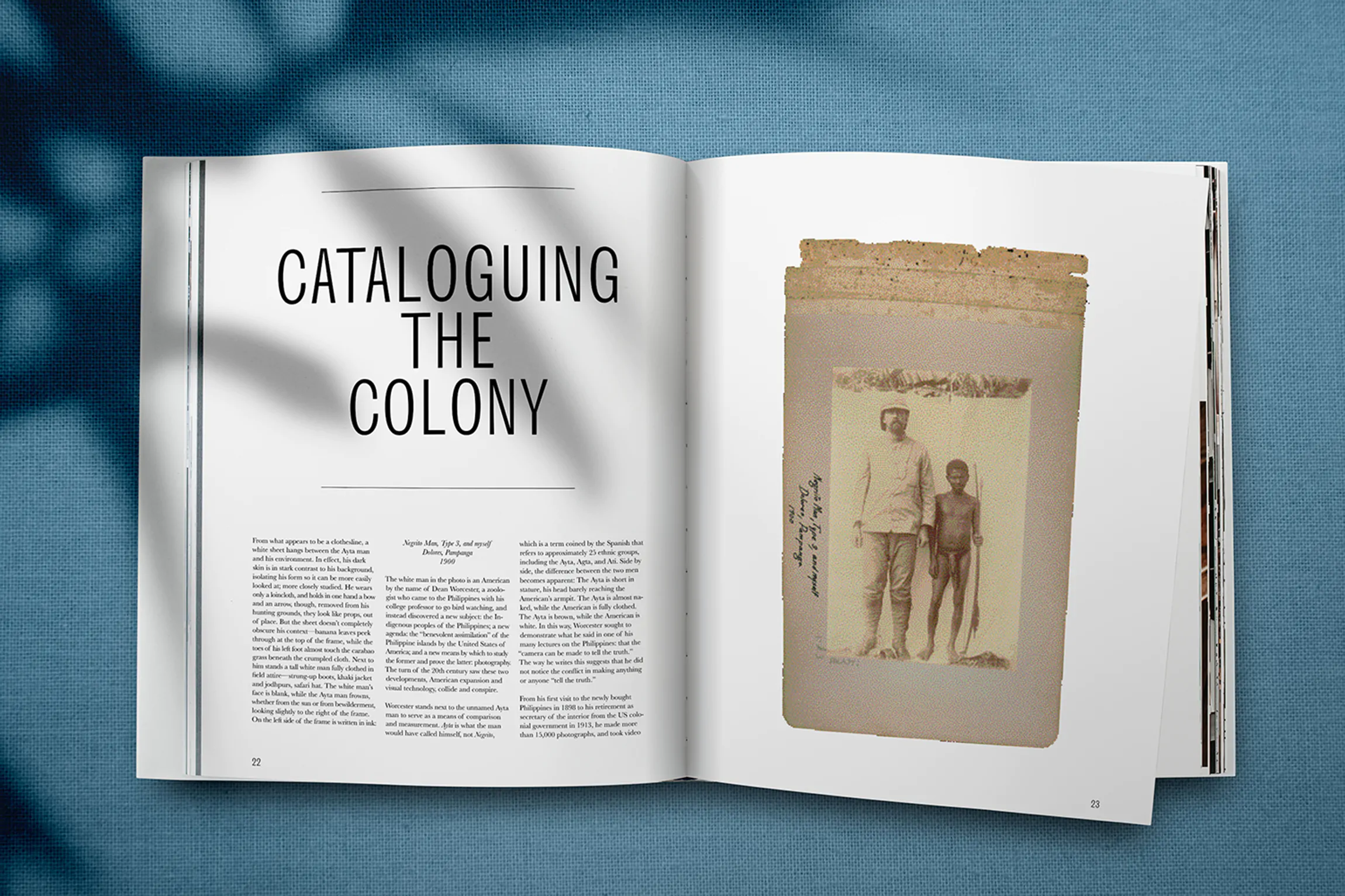
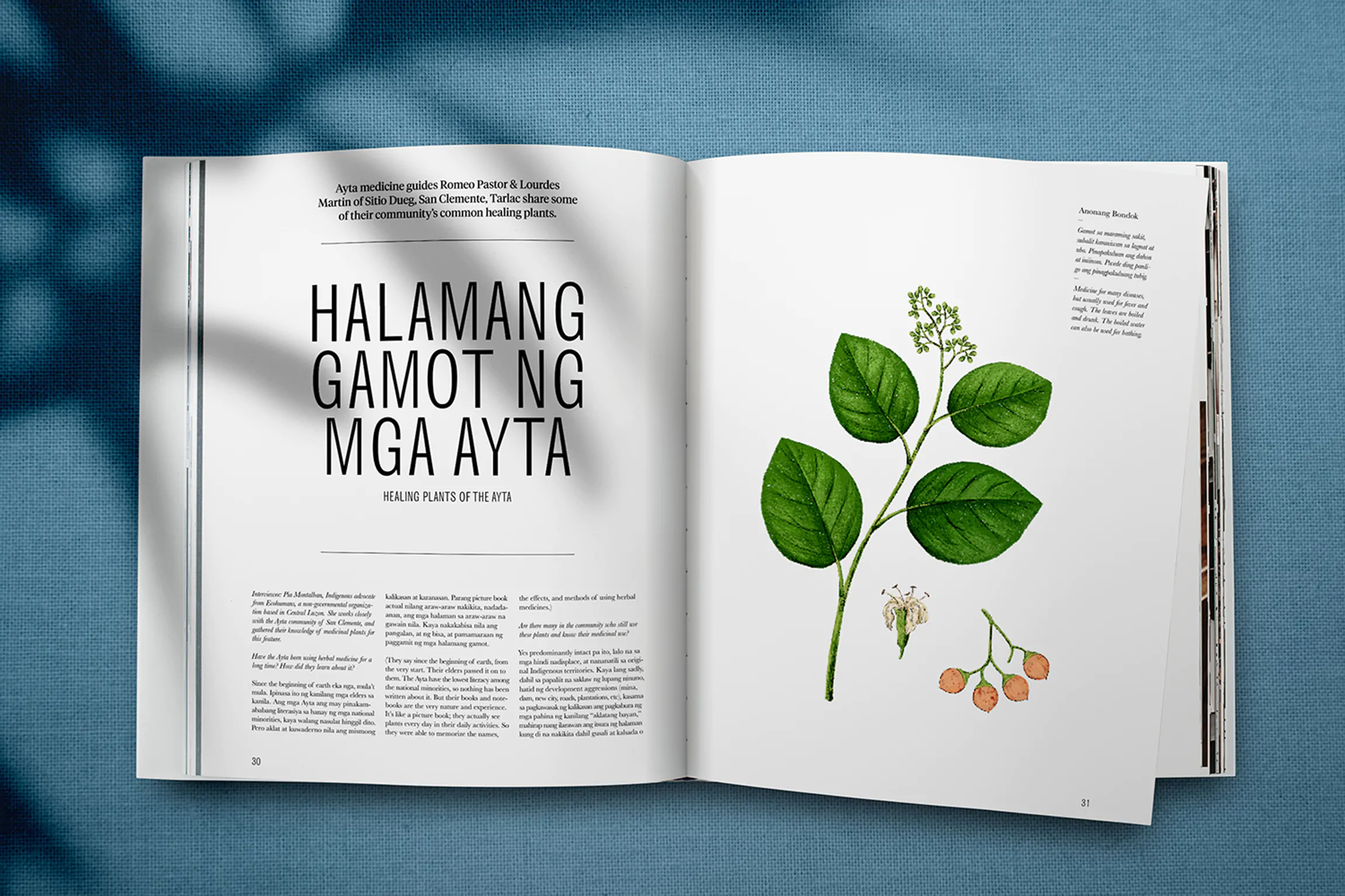

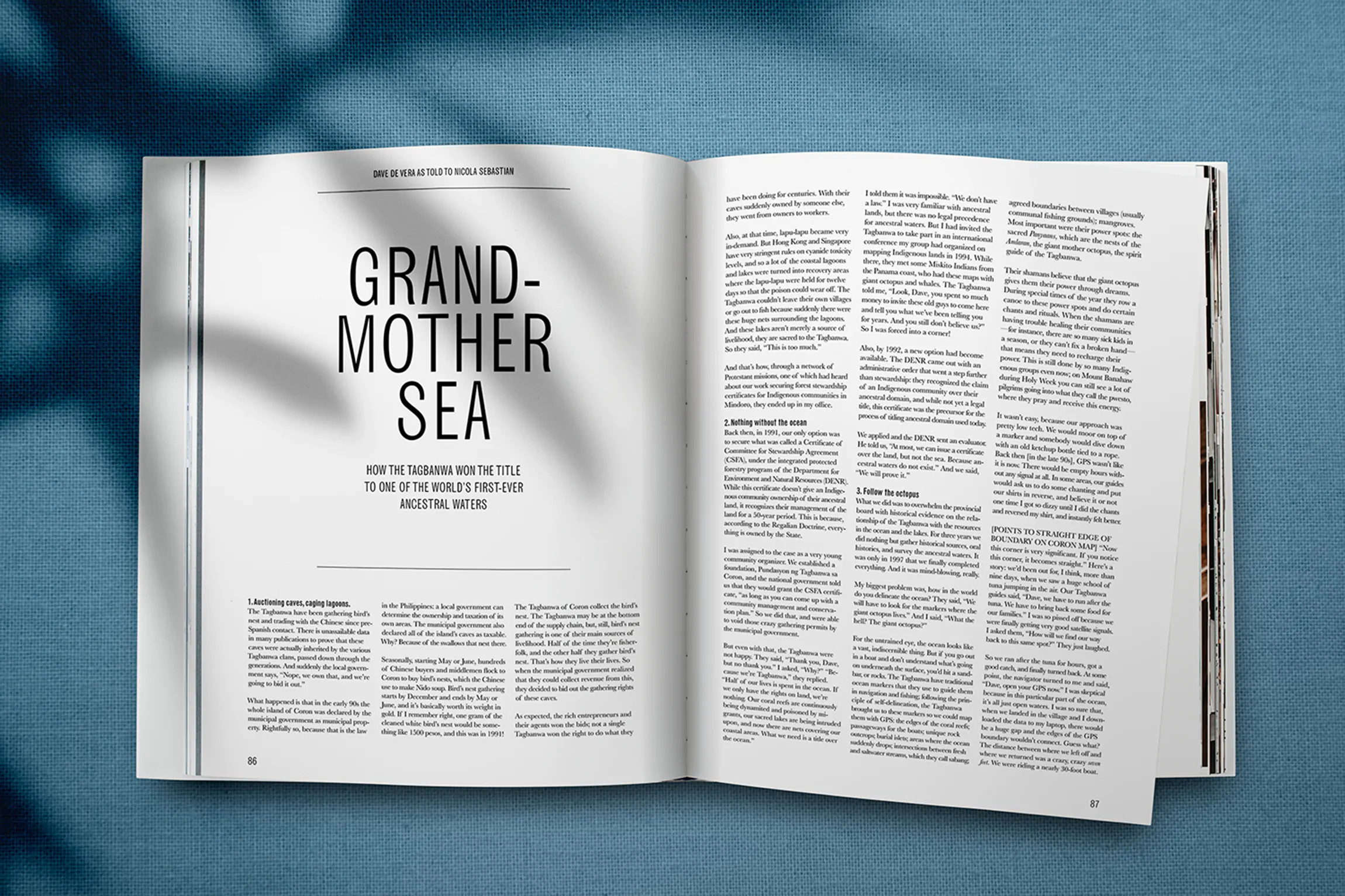
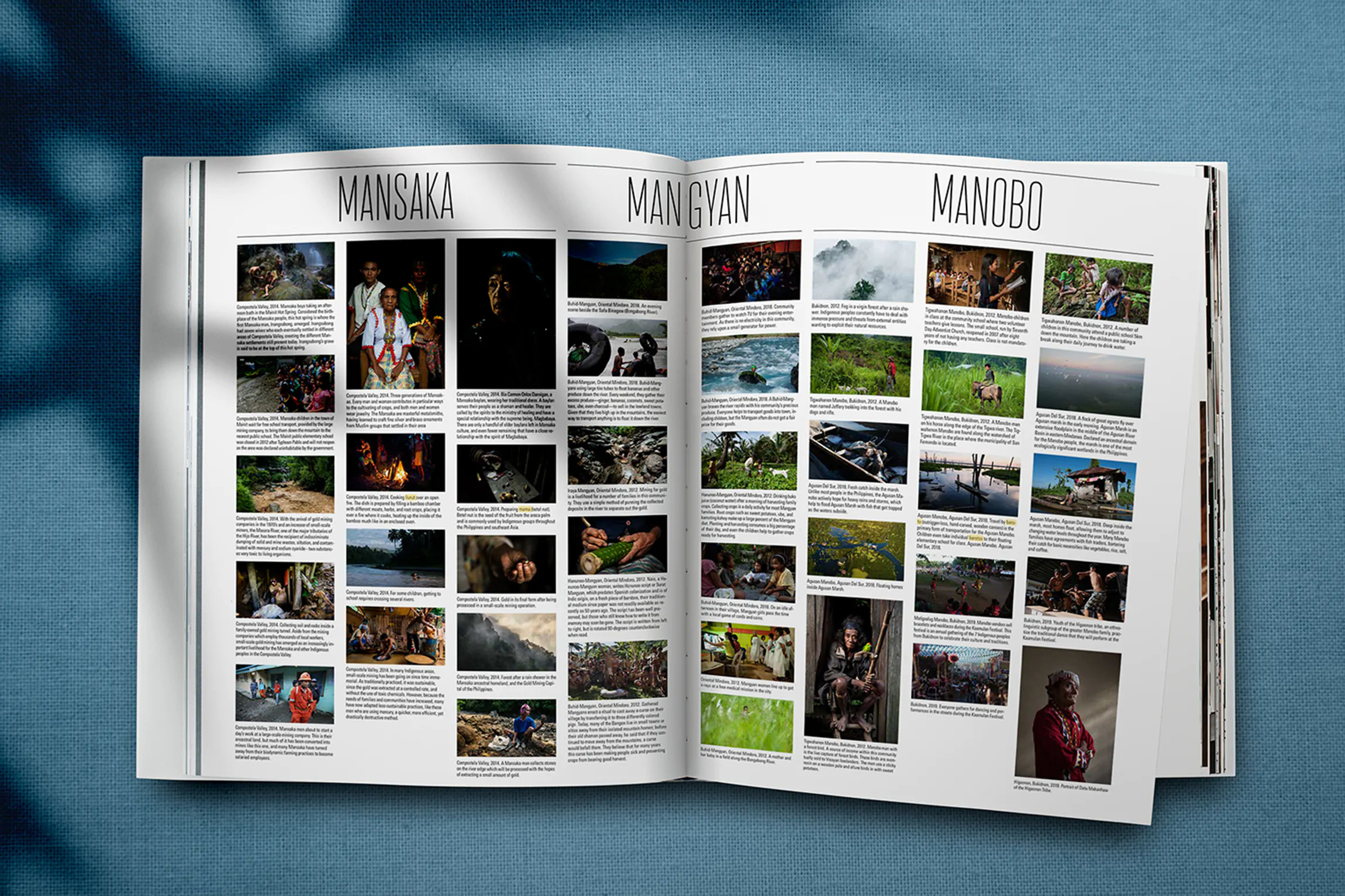


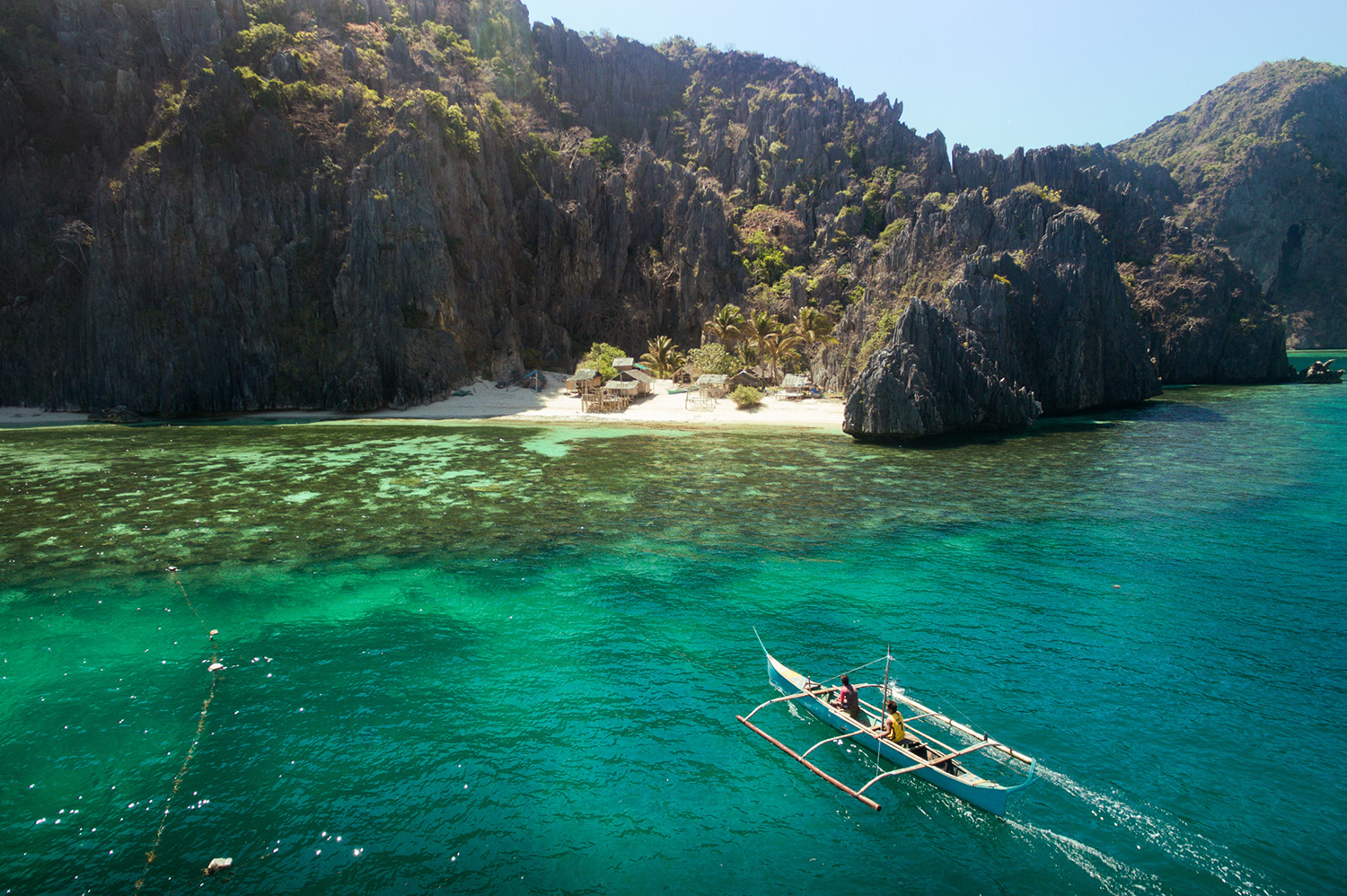

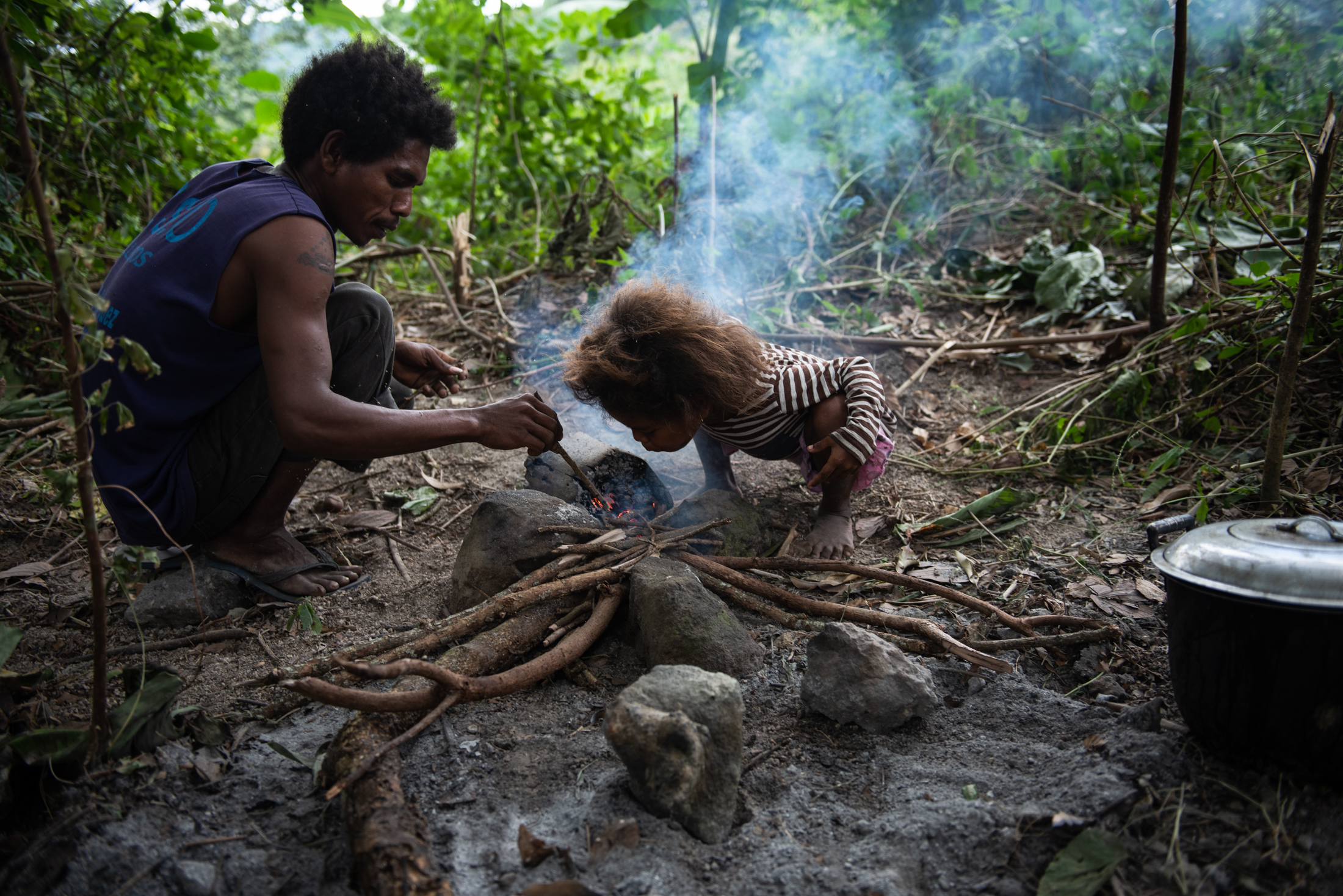
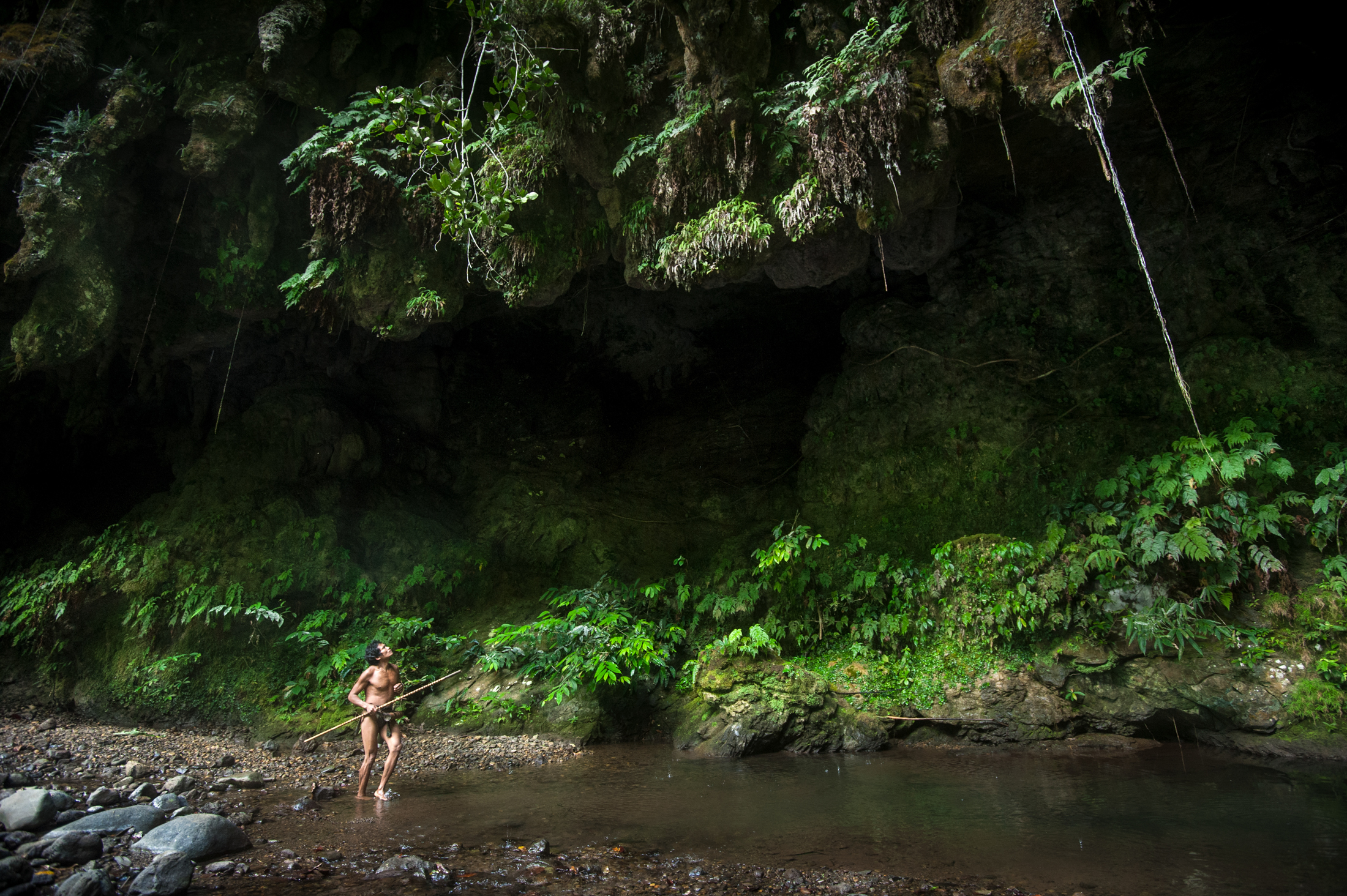
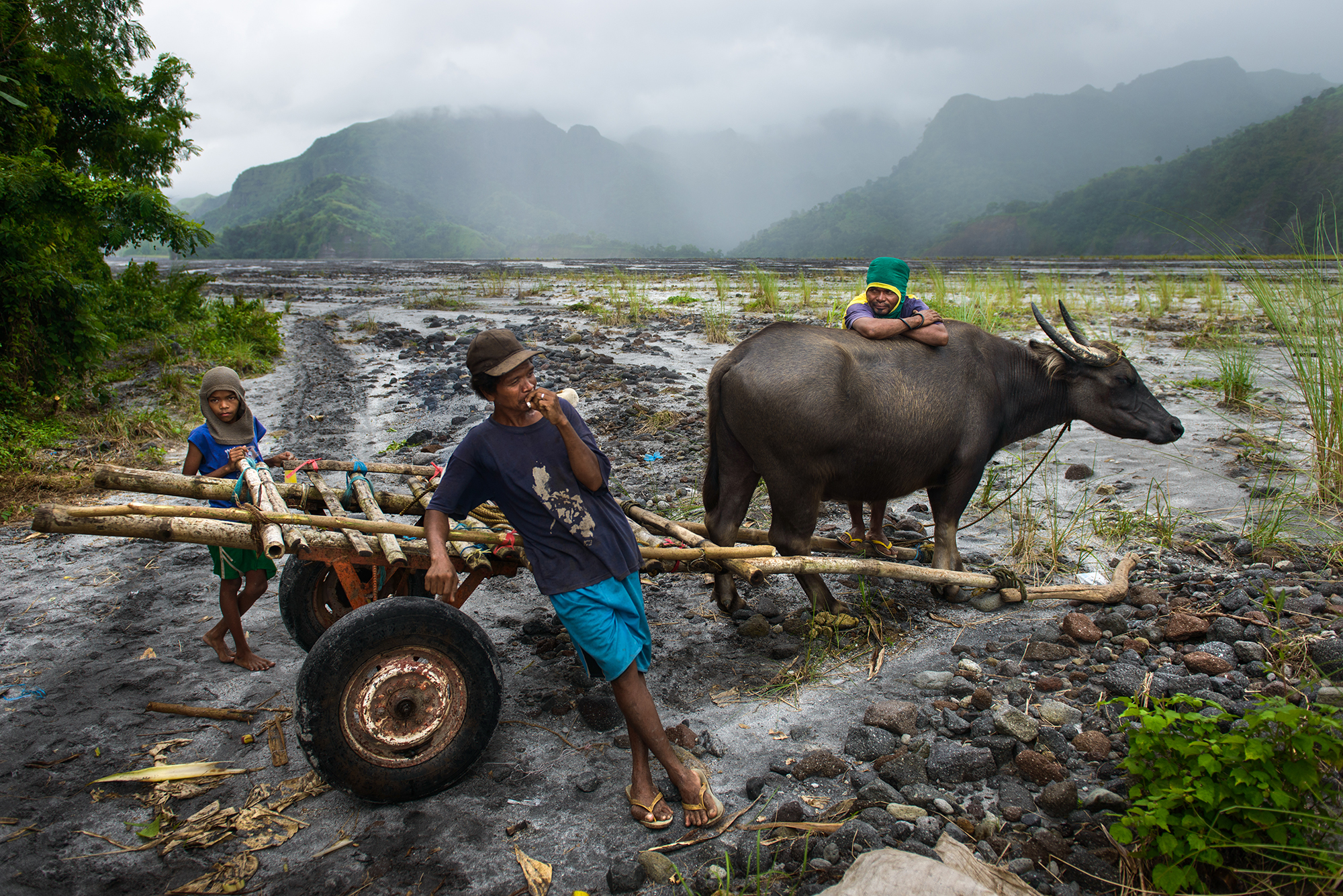

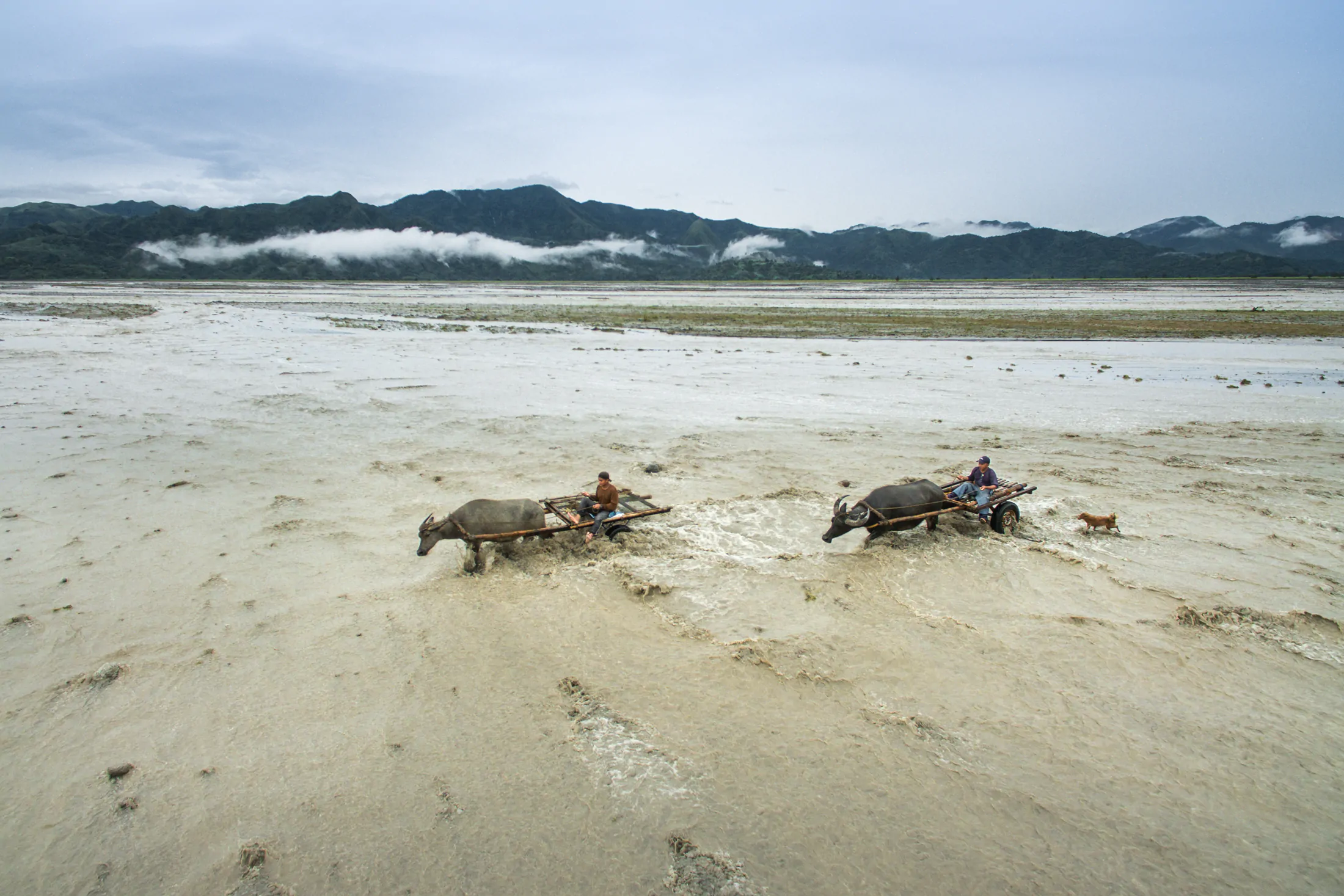

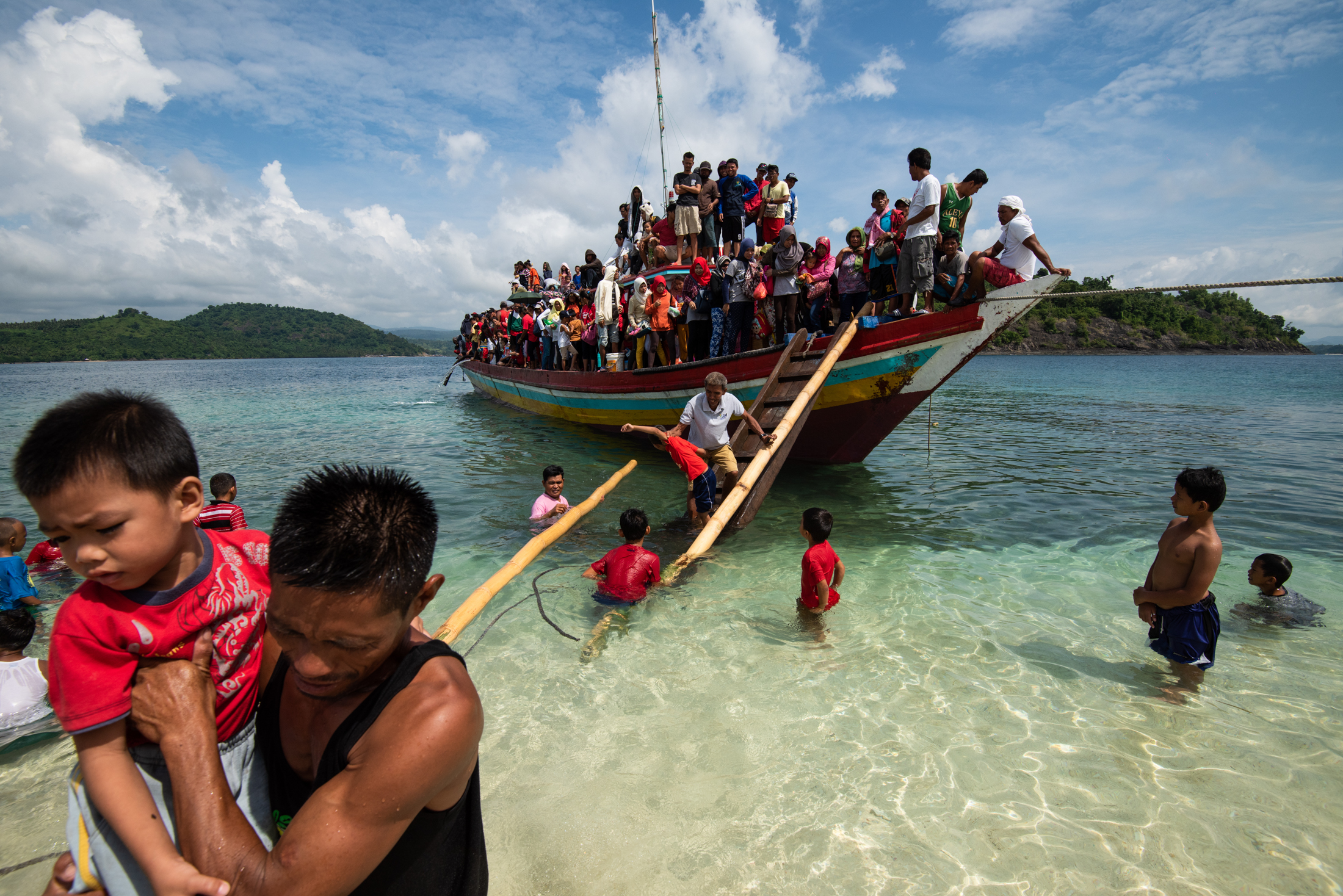

It’s a beautiful book and we are now using it as a teaching tool in Hawaii to show how interconnected our pacific cultures truly are.
Jacob Maentz’s Homelands is a standout publication that merits a prominent place in one’s personal knowledge repository and living space. First published in 2022 this meticulously crafted book weaves together two hundred eighteen colour photographs and eighteen essays to illuminate the lives and struggles of Indigenous Filipinos. Twenty three distinct groups are represented in this book.
Maentz’s dedication to documenting these communities for more than a decade is evident in the poignant images he captured and the thoughtful essays written by Nicola Sebastian, a Palanca awardee. The texts are augmented by contributions from interviewees and writers from Indigenous communities, artists and researchers, anthropologist, Indigenous rights advocates and activists.
Homelands educates and inspires, fostering empathy and appreciation for the resilience and determination of the Philippines’ Indigenous peoples in their quest for ancestral land rights and cultural preservation.
Congratulations Jacob for an important project well done! Your photos show your genuine interest and sincerity as an outsider looking in.
I came to know of the existence of Jacob’s book through Lily Mendoza ‘s post. Thank you Lily.
Ruth O. Beltran, PhD (USyd)
This book vividly captures the struggles and grace of indigenous peoples and their lands through striking images and eloquent articles. A line that resonates deeply with me is: ‘The world needs to see us not as a community within a landscape, but as a community that is the landscape itself.'”
It is a beautiful book which resonated with me. From the stunning photography and the stories, this book is well thought of. Jacob and everyone who contributed brought their heart into this incredible book that should be in all bookshelves, libraries and homes.
I learned about Jacob and his works while looking for the book “Ifugao, People of the Earth,” where he was the principal photographer. His photos and the stories they tell about the people of the Cordillera’s are truly remarkable.
I pre-ordered “Homelands” and I was thrilled when I got my copy. As expected, the photos are excellently shot, and they allow you to travel and discover how diverse and rich our culture is. The narratives by Nicola teach us the importance of our indigenous brothers and sisters, their struggles, and triumphs, and how we can help respect and promote their traditions and beliefs, especially on how to take care of our land. This book should be a resource material in schools and public libraries not only in the Philippines but also in other countries.
“Homelands” is a must-have for anyone who loves great photos that tell stories and promote the indigenous peoples of the Philippines.
Purchased a copy after learning about the author’s visit to Baguio and discussing the book at a local bookstore. The essays are thoughtful and penetrating which complement world class photography of areas and people of the Philippines that I was unaware existed. The travel, thought, and care that went into making this amazing book is stunning.
I am so glad I found out about this book through the beautiful article in Orion Magazine https://orionmagazine.org/article/philippines-ecology-photography-jacob-maentz/. Bought it as a Christmas present for our family and *love* it. The photographs are beautiful, and the book design is too. But the value goes beyond that — it succeeds in highlighting the wisdom and beauty of indigenous Philippines, as both a touchstone and challenge for us all.
Jacob’s boundless curiosity, compassion, creativity, determination and appreciation for the beauty of diversity in this world are evidenced on every single page of this remarkable work of vision and art. We think of ourselves as “civilized” but, in truth, we appear to have lost all understanding of the soulful meaning of the word. Thank you, dear friend, for sharing intimacies of remarkable communities who have so much to teach us about what it means to be truly human. About peace, harmony and respect for the earth we appropriately refer to as “Mother.”
Homelands is an incredible collection of visual storytelling and history expanding narrative. The photographs are stunning with a depth that brings out the character of every being shown in the image from water, to trees, to soil, to plant life and of course the people.
The use of the white on white fonts in the beginning is a creative way to share the unearthing of these stories. I truly hope everyone that picks of this book will be challenged to move to action. It is a must read. These lands and the people who have been stewarding the land for time immemorial must be preserved and have rights restored.
Amazing how “Katutubong Filipino” project finally culminated with the publishing of this book. I have personally witnessed Jacob’s dedication to this project over many years. Insightful and thought-provoking write ups. Amazing pictures. I highly recommend this book to every Filipino. I highly recommend this book as well to everyone who’s cause is the preservation of tribes and their tribal lands.
What a beautiful book!
Spectacular and breathtaking pictures of some of the most remote places in the Philippines.
Jacob Maentz documented the daily life of the indigenous people in a respectful and non-invasive way. It is the result of more than a decade of traveling and recording the traditions of different indigenous people in the Philippines.
His pictures are coupled with in-depth essays about the history and culture of the Philippines.
As a bonus you also get a daring book design by famous Dutch graphic designer Sybren Kuiper.
As an ex-printer and publisher, I know that it is not easy to produce such a high-quality book. It is so much more than the usual coffee table books about the Philippines.
It will have a prominent place in my collection of photobooks and my books about the Philippines. This book will be a collector’s item in a few years.
I really recommend this book to everyone who is interested in Asia and the Philippines in particular.
Congratulations, Jacob Maentz! A visual masterpiece! The photos have captured the beauty of many places in the Philippines and the humanity of Filipinos, many of whom belong to indigenous cultural communities. Highly recommended- give yourself a beautiful gift this Christmas!
Anyone who has traveled away from the cities and roads, into the forests and jungles of Philippines will find the exceptionally beautiful photos in this book familiar, and anyone who has not will find a different world, unseen by most travelers. Jacob’s photos take us into this land, documenting the lives of the people who live there as they live today, and the essays provide an introduction to the complex history of the people and their land and the external forces that continue to affect them, from Spanish and American colonial powers to the present day cities that are expanding into their ancestral lands. In an essay titled “Cataloguing the Colony,” Nicola Sebastian shows us three photos of two indigenous people taken by Dean Worcester, a member of the American government in Philippines in 1900. Worcester’s photos give us no context to understand anything about the people he photographed, and Worcester’s descriptions reduce them simply to Type 3 and Type 4. Jacob Maentz’s photos stand in stark contrast to Worcester’s work, with every photo providing context to help us understand the people and their relationship to their land, their communities, and the outside world.
I haven’t finished reading the essays and spending time with all the photos, but I highly recommend this book to anyone who has an interest in this beautiful land and its people.